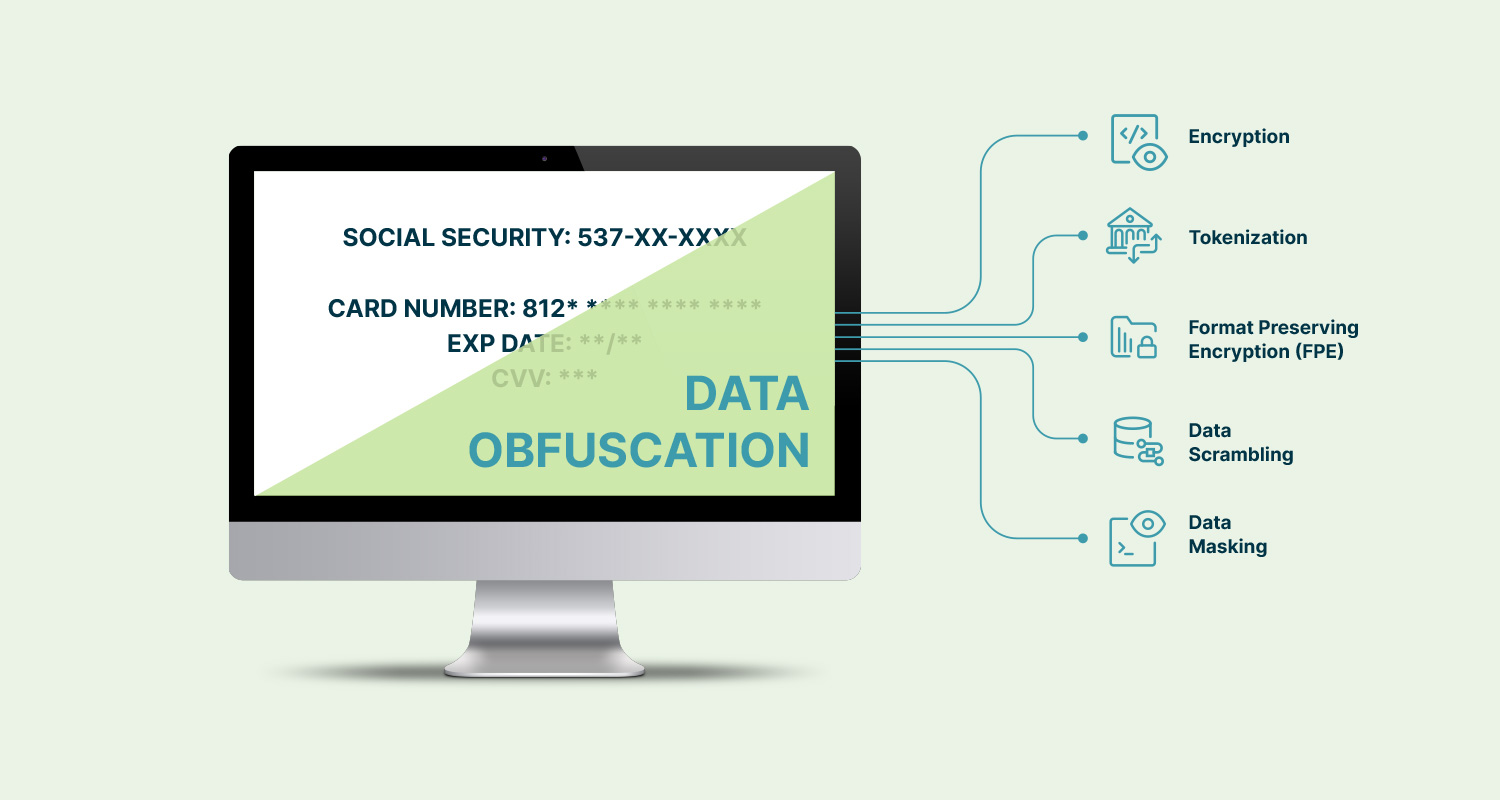Today’s business landscape is constantly evolving, producing new risks and opportunities that require a renewed focus on education, planning and developing proactive measures to respond effectively.
In the annual Allianz Risk Barometer, more than 2,700 risk management experts from 102 countries identified the top business threats for 2020:
37% Cyber Incidents (cybercrime, IT failure/outage, data breaches, fines/penalties)
37% Business Interruption (including supply chain disruption)
27% Changes in Legislation and Regulation (trade wars and tariffs, economic sanctions, Brexit)
21% Natural Catastrophes (earthquake, wildfires, flood, storms)
21% Market Developments (volatility, intensified competition, M&A, market fluctuation)
20% Fire and Explosion
17% Climate Change (increasing volatility of weather)
15% Loss of Reputation or Brand Value
13% New Technologies (impact of AI, autonomous vehicles, 3D printing, IoT, nanotech, blockchain)
11% Macroeconomic Developments (monetary policy, austerity programs, commodity price increase)
Phil Renaud, Executive Director of The Risk Institute at The Ohio State University’s Fisher College of Business, has more than 25 years of experience managing risk programs for companies. Here are six trends that he advises all risk professionals should continue to prioritize and track closely, many of which align with the survey results outlined above.
Adapting to a Changing Climate
The global climate is changing and will continue to do so in ways that affect the planning and day-to-day operations of businesses, government agencies and other organizations. The frequency and severity of storms, floods, heatwaves and droughts are on the rise, and experts believe this could have catastrophic implications for society.
In the United States, 14 weather and climate disaster events in 2019 caused more than $1 billion in losses, including inland floods, severe storms, tropical cyclones and wildfires. Between 1980 and 2018, the annual average was 6.3 billion-dollar events.
Businesses need plans centered on a resilience strategy that looks at every aspect of natural disasters, including their system’s ability to maintain a high level of functioning during and after a disaster, the efficient use of remaining resources at a given point, and the ability and speed to recover.
Another key consideration is the downstream impact on business location. With flood probability on a devastating climb, companies will likely choose to open new plants away from coastal areas. These extreme weather events will put certain gulf and coastal states at a disadvantage and change the dynamics of and decisions around where companies invest.
Impact of Aging Infrastructure on Supply Chain
Aging infrastructure in the United States is a challenge many have not fully considered. According to the American Society of Civil Engineers, which gave U.S. infrastructure a grade of D+ in 2017, the country will need to spend more than $4.5 trillion by 2025 to fix roads, bridges, dams, airports and other infrastructure. Crumbling bridges and roads, coupled with declining ports that struggle to handle evolving vessel design, materials and mechanics, all result in increased time, effort and process needed to ensure products reach their destinations safely and on time. As congestion increases, the freight network, infrastructure and process that transfers materials to is destination must be addressed and refined to ensure goods are transferred efficiently.
As supply chains continue to become more complex while consumer expectations for greater speed and efficiency simultaneously increase, infrastructure will require additional investment. For example, driver shortage problems within commercial transportation may accelerate the need for rapid deployment of autonomous vehicle fleets to alleviate the pressure.
Cannabis Legalization
In recent years, 11 U.S. states and the District of Columbia have legalized recreational cannabis. However, it is still designated as a Schedule 1 substance under the federal Controlled Substances Act, which criminalizes its possession, manufacture, distribution and sale. This tension between federal and state law has led to confusion and challenges in many industries. Across all industries, employers of individuals who use cannabis are also grappling with the contradicting laws.
This conversation is particularly pertinent to human resources, specifically regarding the effect on hiring and employee safety in the workplace. Studies are being conducted to determine the impact of cannabis on driving, operating machinery and other occupational duties. In states where cannabis has been legalized, 30% of accidents involving commercial drivers saw positive screens for the drug, according to a study conducted by The Risk Institute at The Ohio State University. Further, the study indicated that severity for bodily injury claims was, on average, 44% more costly in crashes involving drivers who tested positive for cannabis.
In the financial arena, due to the conflicting federal and state laws, U.S. banks will not fund businesses that are involved in the production and/or distribution of cannabis. If they even suspect that an organization has a cannabis connection, many banks will not be forthcoming with loans.
Distracted Driving
According to the National Highway Traffic Safety Administration, approximately nine people are killed and more than 1,000 injured in crashes involving a distracted driver every day in the United States. A report issued by the Ohio Distracted Driving Tash Force revealed that, in Ohio alone, there were more than 14,000 distracted driving crashes in 2017, resulting in 58 deaths and more than 7,000 injuries.
The Risk Institute has developed a multifaceted methodology to combat this epidemic that includes:
- Legislative recommendations including changing state law to reclassify distracted driving as a primary offense
- Behavioral interventions to change perception surrounding the social irresponsibility of distracted driving and promote safe driving behaviors
- Technology initiatives such as advanced driver training in schools or apps that monitor driving performance
- Urban planning and development changes that might include transitions to roundabouts at accident prone intersections
Safe Work Environments
Fostering a culture of health, safety and wellness should be a top priority for human resources personnel, as illnesses and injuries lead to financial burdens for both employer and employee. Risk mitigation includes engineering the workplace environment by applying behavior-based safety strategies, job safety analysis and functional capacity evaluations.
Focusing on a safe work environment requires much more attention in modern industries, especially now as we adapt to the COVID-19 pandemic Unlike traditional safety management programs that depended on supervisor-to-associate interaction to drive improvement, behavior-based safety programs assert that safety should be everyone’s responsibility. The introduction of these approaches focuses on empowering all employees to identify and mitigate unsafe work practices. In addition, augmented reality and artificial intelligence tools are being used in the workplace to train personnel and prevent unsafe work exposures.
Cyber Risk Management
Cyber risk is now at the forefront of any conversation relating to personal and public safety. Firms will need to identify organizational risks and vulnerabilities, and apply administrative actions and comprehensive solutions to ensure adequate protection.
When we consider the increasing risk of cybercrime on businesses and governments as well as the recent waves of data fraud and theft, risk management must shift from a defensive, reactive focus to a proactive focus that creates value and builds resilience within the organization.
To discuss how our service offerings can help you identify these emerging risks within your organization, analyze their potential impact on your operations, and develop a proactive strategy that enables you to address and mitigate them, please contact your Sequoia Business Consultant, or connect with your Sequoia Risk Advisor directly in HRX.
Disclaimer: This content is intended for informational purposes only and should not be construed as legal, medical or tax advice. It provides general information and is not intended to encompass all compliance and legal obligations that may be applicable. This information and any questions as to your specific circumstances should be reviewed with your respective legal counsel and/or tax advisor as we do not provide legal or tax advice. Please note that this information may be subject to change based on legislative changes. © 2020 Sequoia Benefits & Insurance Services, LLC. All Rights Reserved



